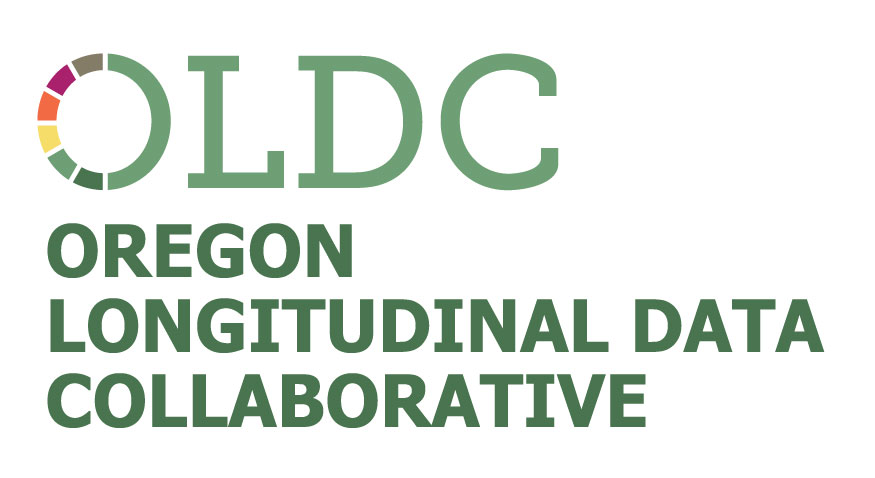
The privacy of Oregonians is a top priority for the Oregon Longitudinal Data Collaborative (OLDC). Here you can learn about our data security and privacy practices.
The data that OLDC uses is handled in a way that ensures confidentiality and security and meets the requirements of the Family Educational Rights and Privacy Act, known as FERPA. All users of the system must complete training on data security and sign a user confidentiality agreement.
The OLDC does not collect any data directly from Oregonians. Data is sent to OLDC by partner agencies through a data sharing agreement. The system receives the data and sends it through the following two main tools to ensure student privacy is maintained.
-
De-identification: When a student record enters the data system, it goes through an encryption process. The identifying information for the student is removed, and it is replaced with a randomly generated number. This allows the system to link students’ information over time without identifying the students.
-
Suppression: The OLDC applies suppression rules, which mask small numbers or percentages of students to ensure no student can be identified. For example, if a query generates only four students at a particular school, that number is suppressed, or hidden, to ensure no one can identify those students. The OLDC uses the same suppression rules as the agency that is the source of the data, and when the data comes from multiple agencies, the system uses the most restrictive rules.
Learn more about our data security plan and standards.
Data Security Plan
Data Use Standards